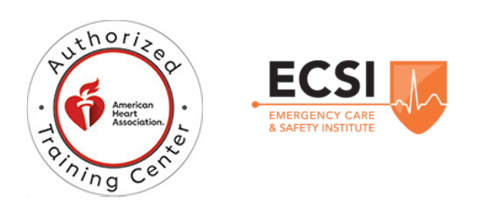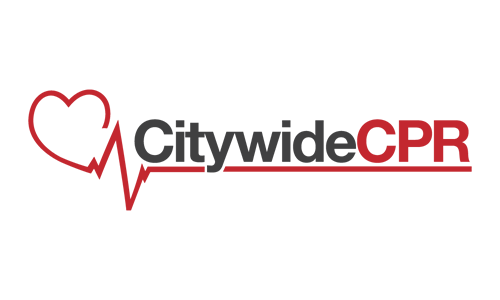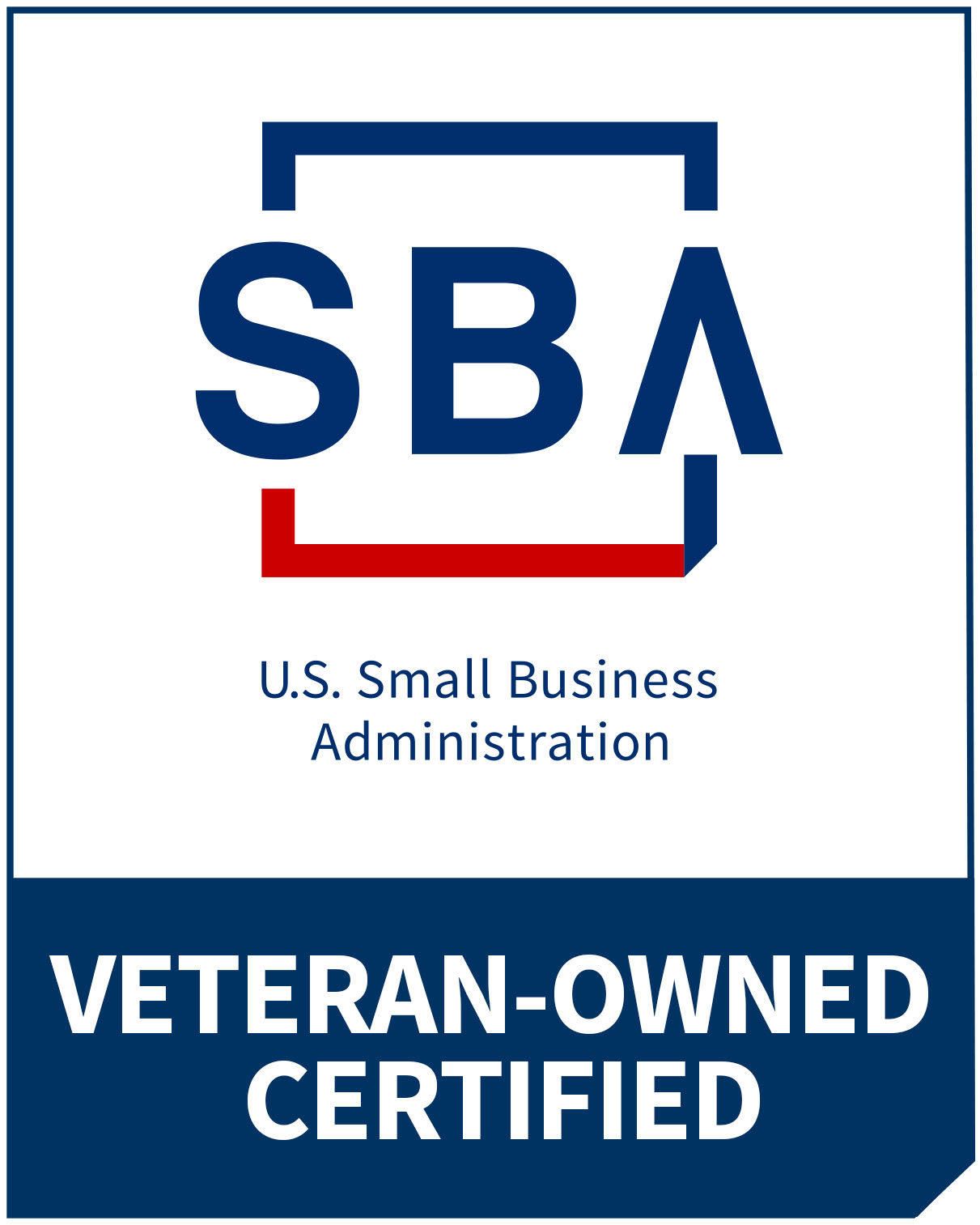Ever encountered or seen a person go through a near-death experience due to cardiac arrest? Did you panic? Did you know what to do in cases as such?
In cases such as this, CPR, or cardio pulmonary resuscitation is the emergency procedure that can save a life. This is the act of trying to manually preserve intact brain function until there is no available doctor or medical expert to perform further measures to bring back the normal and spontaneous blood circulation and breathing.
Though CPR might look easy when watched, there are particular guidelines that must be followed to conduct CPR. It is not just a simple process of compressing the chest of the patient. In fact, the government has issued a law to require CPR certification from individuals so that it can be distinguished as to who to call in times of emergencies.
In looking for a CPR training school, Citywide CPR Inc. is one of the most trusted. They offer courses on CPR training, CPR classes, CPR recertification, AED program management and first aid training. They take pride in being the national training school for the American Heart Association and the national training center of Center for Emergency Care and Safety Institute and American Safety and Health Institute. When people wanted to take CPR training, they call for CPA because of its excellent training programs.
Why is Citywide CPR the best in what it does?
Citywide CPR is a trusted center for medical learning because of its comprehensive training solution, world-class and competitive instructors, and they are diversified in terms of learning methods such that they offer online classes.
Delving deeper, Citywide CPR Inc. offers a list of medical certifications such as facilitation of the Automated External Defibrillator (AED), Cardio Pulmonary Resuscitation (CPR) Training and Certification, First Aid, Bloodborne Pathogen Training, and Emergency Response Training (EMRT) Certification. All of these classes and trainings are taught by experienced professionals from the field of medicine and firefighting. They are highly oriented on the value of life and are technically adept in saving lives as fast as a heartbeat.
If you wish to pursue a career in medical assistance, Citywide CPR is the place to be. It is one of the very few facilities that have all the needed accreditations to conduct classes and host certification examinations in order to provide a long list of successful and qualified medical assistants and aides in all medical facilities all over United States. It is trusted by the government and other non-government institutions in providing comprehensive, competitive and world-class training to all of its students so that they may be of help to patients wherever state they are.
Saving lives one at a time is not easy; in fact, it is the opposite of easy. It is very hard because one wrong move and you can definitely lose a person’s life. Which is why, with proper training and certification, you can help more people and save more lives while you lead a fulfilling career born out of the idea of helping patients.
If you are interested to enroll for a CPR Training Class that Citywide CPR Inc. is offering, kindly click here.





